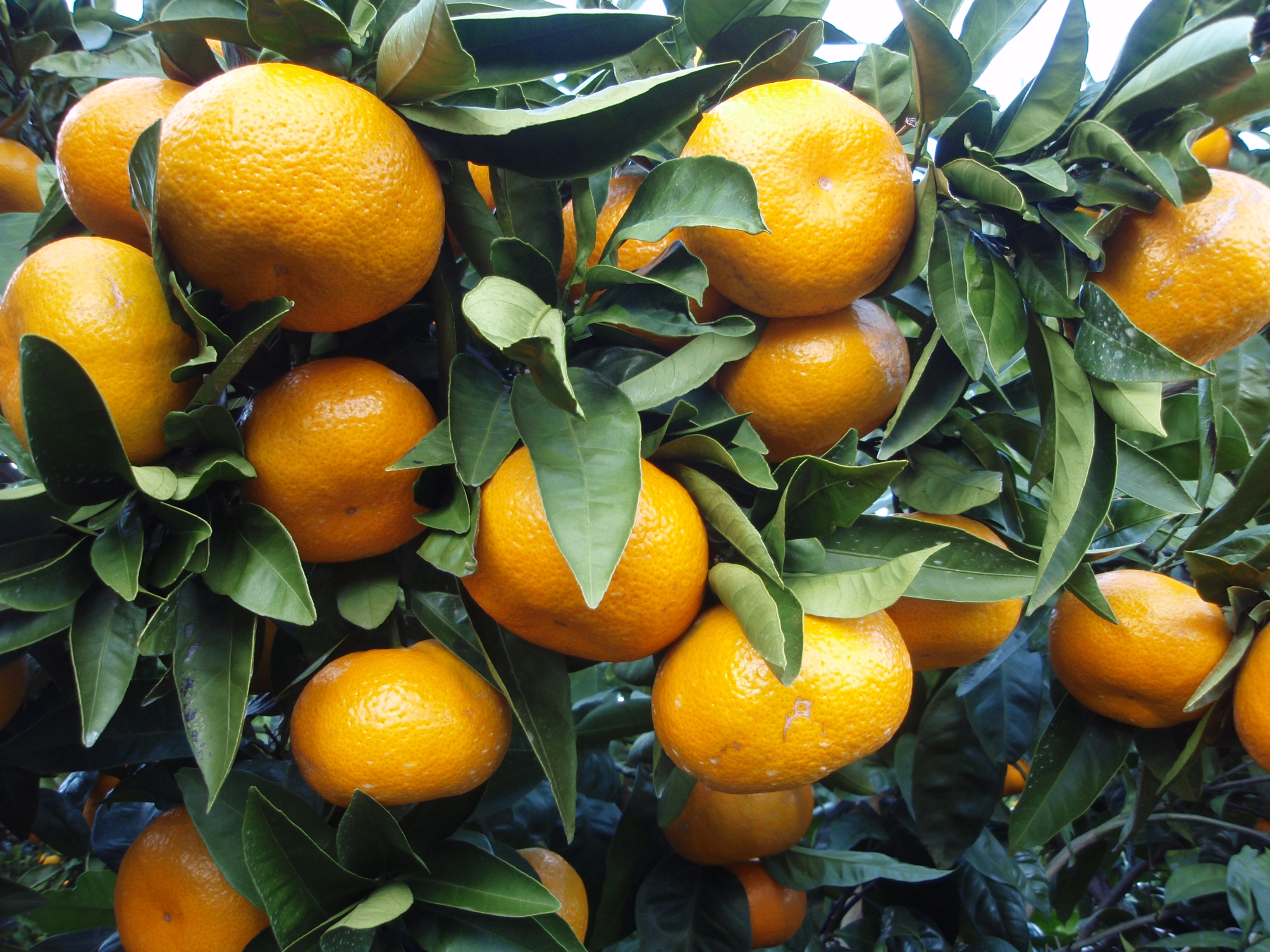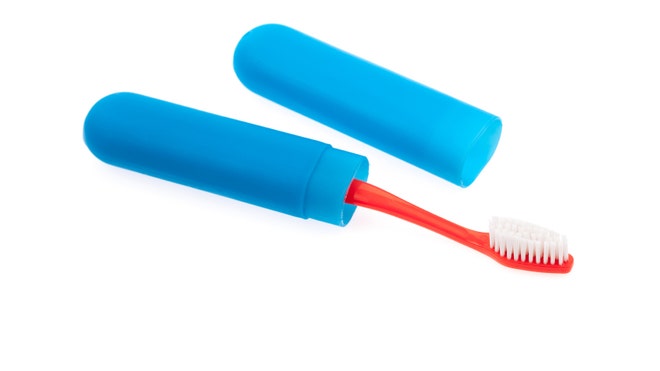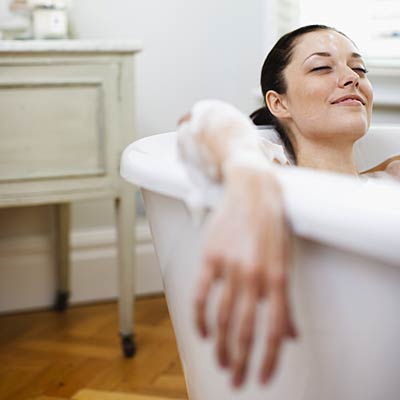
The word “aromatherapy” probably conjures images of sweet-smelling massage oils, a bubble bath or candles made with synthetic scents. But while these products might smell nice, they don’t necessarily contain true healing oils. Authentic aromatherapy uses therapeutic plant extracts, which support the body in seeking balance and carry a variety of health benefits.
Plant extracts, also known as essential oils, are concentrates taken from roots, seeds, leaves or plant blossoms. Different oils, or combinations of oils, can be used in different ways. Some are used to promote physical healing, such as healing fungal infections, rashes or reducing pain and inflammation, while others are used as stress reducers or mood lifters.
Researchers are not entirely on clear how aromatherapy works. Some believe that sense of smell plays a major role, communicating with parts of the brain that serve to store emotions and memories and influence our physical, mental and emotional health. Others believe that it’s not about the aroma but the process that occurs in the body after their application and how the oils interact in the blood with hormones or enzymes.
Studies have shown that essential oils might have health benefits. As a result, aromatherapy is used in a variety of settings, from spas to hospitals, to treat various conditions. According to Cancer Research UK, it is a helpful complementary therapy for patients with cancer as well as other types of illness. Cancer patients noted improved quality of life, including reduced stress levels, better sleep and less feelings of sickness when undergoing aromatherapy treatments.
Generally, aromatherapy is used to improve mood, promote relaxation and relieve pain. In a study by the National Institutes of Health, participants who used aromatherapy had reduced stress levels during stressful situations. Relaxing and anxiety-reducing scents include lavender, vanilla, chamomile, frankincense and patchouli. Vibrant citrus aromas such as orange, lime and lemon have uplifting tendencies and are good choices to reduce depression. For muscle aches and headaches, chamomile, eucalyptus, ginger and lemon grass can all be used interchangeably.
There are several ways to enjoy the benefits of these healing oils. Diffusers and burners are a practical and effective way to reap the benefits of amomatherapy and are the most widely used methods of diffusing the healing properties of essential oils. Nebulizers process the oils into an almost gas-like state, making the oils easier to absorb and therefore more effective. Special oil-holding pendants can also be worn around the neck for portable benefits and adding a few drops to a bubble bath is a common relaxation technique. Aromatherapy massage is an excellent way to make the most of the benefits of essential oils – as your skin absorbs the oils you also breathe in their scent, all while reaping the stress-reducing benefits of massage.
Although essential oils are generally safe when used correctly, proper care should always be taken. Some oils can cause skin or allergic reactions and most oils need to be diluted before being applied directly to the skin. Since some essential oils can react with certain medications, or shouldn’t be used with certain health conditions, it is always best to get advice from a qualified aroma-therapist when choosing oils. Always remember to check that the oils you use are made from high quality plant ingredients and are not synthetic aromas claiming to provide aromatherapy benefits.
Source: fox news
















 If you thought bananas were just for training monkeys, think again! The health benefits of bananas are so vast and widespread that we wonder why the popular idiom an apple a day, keeps the doctor away was not switched to bananas!!
If you thought bananas were just for training monkeys, think again! The health benefits of bananas are so vast and widespread that we wonder why the popular idiom an apple a day, keeps the doctor away was not switched to bananas!!

